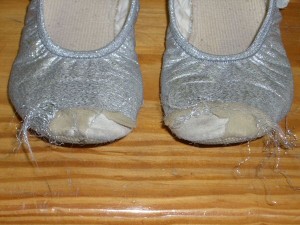Poor little feet: Are house shoes a health risk?
Do children?s house shoes fit properly? This question was the subject of a study conducted on pre-school and elementary school children by an Austrian research team, commissioned by the Ministry for Health. The results: The smallest kids have the worst fitting shoes.
Properly fitting shoes have an extra 12-17 mm of ?wiggle room?. The research team proved in a previous study that shoe sizes are frequently misleading, so the next step was to measure the feet and house shoe sizes of 1,258 children. Measurements showed that 88% of the preschoolers tested wore too-short house shoes. Some 25% had shoes of 3 or more sizes too small, and a few kids even had house shoes up to five sizes smaller than needed.
There are 2 reasons for this:
First, most children?s shoe sizes are misleading. 98.7% of the house shoes tested were shorter than indicated, by up to 6 sizes: A shoe labeled 26 with the inside length of a size 20.
Second, many parents aren?t aware of the importance of properly fitting house shoes. While 90% of parents surveyed consider the fit of street shoes to be ?important?, only 62% feel the same about house shoes. A serious mistake: Because kids in Austria and Germany wear house shoes in school and kindergarten, they spend a lot more time in them than in street shoes, and too-small house shoes damage kids? feet.
The researchers recommend checking the fit of house shoes regularly, measuring both the feet and the inside shoe length, using either a cardboard template or with the innovative measuring tool developed by the research team: the plus12. This clever device automatically adds the extra 12 mm needed for a healthy fit.
Measuring the length of the foot and the inside length of the shoe



